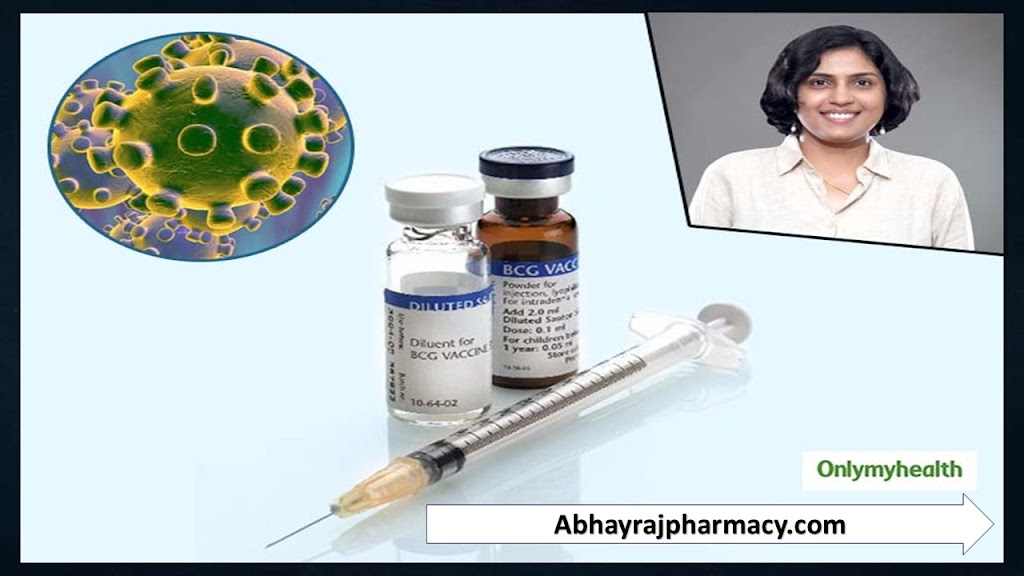What is Vaccine ?
Vaccination is made from weakened or killed forms of the microbe, its toxins, or a piece of its genetic material. When introduced to the body, the vaccine stimulates the immune system to produce antibodies and immune cells that can recognize and fight the specific disease-causing agent.
How Vaccines Work :
- Stimulate immune response: Vaccines trigger the immune system to produce antibodies and immune cells.
- Build immunity: Vaccines help build immunity to specific diseases, reducing the risk of infection.
- Prevent disease transmission: By immunizing individuals, vaccines reduce the transmission of diseases in the community.
Vaccines have revolutionized public health, saving countless lives and preventing widespread outbreaks of infectious diseases. They are a crucial tool in protecting individuals and communities from serious diseases.
Know the benefits of vaccination, its effects, safety measures and important information related to it, so that you and your family stay safe. Keep reading for every important health related news.”
A vaccine is a product that contains an antigen that produces a specific antibody
What is Types of vaccines ?
1. Live vaccines = These contain weak viruses or bacteria. Such as BCG and MMR.
2. Dead vaccines = These contain dead viruses or bacteria. Such as the polio vaccine.
3. Virulent substances = It neutralizes the toxic elements of bacteria. Such as tetanus and diphtheria.
4. Recombinant and subunit vaccines = These contain some specific parts of viruses or bacteria. Such as the hepatitis B vaccine .
What is Functions of vaccination ?
The primary functions of vaccination are:
-
Preventing infections: Vaccines introduce antigens to the body, stimulating the immune system to produce antibodies that fight specific diseases.
-
Building immunity: Vaccination helps build herd immunity, reducing the spread of diseases and protecting vulnerable populations.
-
Reducing disease transmission: By immunizing a significant portion of the population, vaccines reduce the transmission of diseases. Preventing outbreaks: Vaccination helps prevent outbreaks and epidemics by reducing the number of susceptible individuals.
-
Protecting vulnerable populations: Vaccines protect individuals with weakened immune systems, such as the elderly, young children, and those with chronic medical conditions.
Overall, vaccination is a vital tool in preventing infectious diseases, promoting public health, and saving lives. By getting vaccinated, individuals not only protect themselves but also contribute to the health and well-being of their communities.
Vaccine is a type of vaccine which provides our body with the ability to fight a specific disease. .
Vaccines and their use
If children are not vaccinated, they can easily get any of these diseases from a traveler or while traveling themselves. Preventable diseases spread when people do not vaccinate their children. Vaccination is safe and effective.
What is Symptoms of vaccination ?
1. Redness where the injection was given.
2. Swelling, pain, or tenderness.
3. Fever, vomiting, nausea.
4. Loss of appetite, irritability.
5. Feeling tired.
6. Trouble sleeping.
United States Function of Vaccines
Vaccines in the United States are produced at many levels, including research, development, production, approval, distribution and administration. Vaccines in the United States are carried out in collaboration with scientific research institutes, pharmaceuticals and government health organizations.
Vaccines in the United States are produced in a very scientific, planned and systematic way. These include research, production, distribution, vaccination and safety monitoring; so that safe and effective vaccines can be made available to the public.
Shark oil can help reduce asthma symptoms naturally. The omega-3 fatty acids and squalene present in it reduce inflammation in the body, thereby relieving inflammation and irritation in the lungs. It helps to open the respiratory passages and improve the breathing process. Shark oil also boosts immunity, which can reduce the intensity of asthma attacks. Its consumption also provides antioxidants to the body, which improve the functioning of the lungs. However, it should be used only after medical advice. read more….
